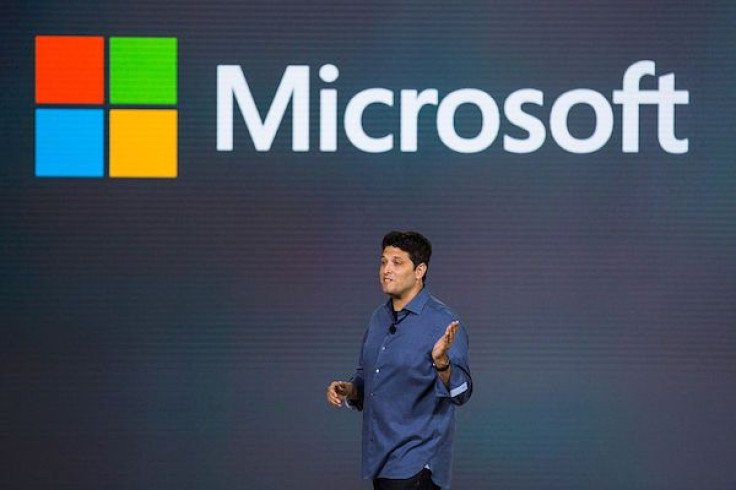Project Silica: A Breakthrough In Archival Storage, Making All Data Storage Methods Obsolete

With 100 zettabytes of data anticipated to hit the cloud by 2023, major tech companies are racing to find a better and more permanent method to store one's files. Warner Bros and Microsoft might just have the answer to this dilemma, as recently shown in their progress with Project Silica. Project Silica is advertised to preserve previous archives and save those coming in the future. During the recent Microsoft Ignite Conference, Chief Executive Officer Satya Nadella unveiled a piece of quartz glass the size of a drink coaster, which from the way we see it, is a breakthrough in archiving data.
The piece of quartz glass stored a 143 minutes movie from Warner Bros, the 1978 “Superman.” This technology is the product of Microsoft Research’s Project Silica, which was founded to create new storage systems for the cloud. The team, utilizing an ultrafast laser, wrote voxels within the glass. Voxels are three-dimensional counterparts of pixels that make up an image.
Every voxel comes with a distinct size, depth, and orientation, which makes it a unique encoder for the film. Interestingly, these voxels are written in multiple layers all throughout the glass because they are engraved at a nano-scale level. According to the Redmond-based tech giant, the data that the glass contains are resistant to being baked in the oven, boiled in the water, flooded, microwaved, scoured, and demagnetized.
The glass structure is permanently changed, which ensures that the data is securely printed for possibly thousands of years. Unfortunately, this technology is still in its infancy stage, and it does not work like most of us anticipate. Quartz copies are only allowed to be written once with the use of femtosecond lasers, similar lasers used in LASIK procedures.
Data stored in this kind of storage can be accessed by using a light and shining it through the glass. The reflections are then analyzed using microscope-like readers. Through bit by bit verification, the 1978 “Superman” movie was confirmed to be perfectly stored on the revolutionary medium.
Project Silica uses femto glass and claims reliable enough to boil, bake, scratch. pic.twitter.com/N1HaBEg2dh
— Patrick Moorhead at #MSIgnite (@PatrickMoorhead) November 4, 2019
This latest collaboration between Warner Bros and Microsoft is a pilot test, which means that the technology still needs to mature, and developers have to create a device that could write and read the same technology that current optical burners used. But, it is very promising, and who knows, in the not so far future, it will be available to everyone.
© Copyright IBTimes 2024. All rights reserved.












